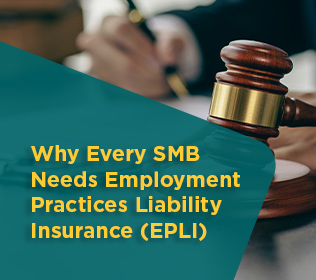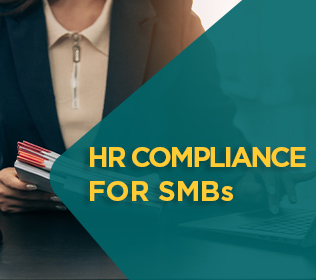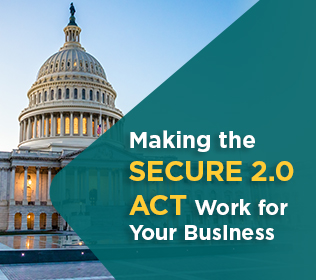
More and more businesses are utilizing AI screening tools to streamline their recruitment processes and to select employees for promotion. Although these solutions are beneficial from an efficiency standpoint, they can increase a business’s legal risk due to inadvertent employee discrimination.
AI tools are capable of discriminating against job applicants.
AI tools can discriminate against job applicants, and it is called AI bias. Before looking through applicants, some AI tools analyze the characteristics of the business’s top-performing employees. Then, when sourcing through job or internal employees up for a promotion, it searches for those same characteristics. For example, if the top-performing employees are predominantly male, the AI tool may choose mostly male candidates. Another way that AI tools can produce biased hiring results is by screening applicants based on where they reside since this may favor one race or national origin over another. If the AI tool is looking for certain towns over others, it could prioritize predominantly wealthy neighborhoods, which may filter out BIPOC candidates. AI tools can also filter applicants based on the type of words used in resumes. Men tend to use words that are considered “more compelling” than women. Therefore, the candidate selection process could favor men over women.
Using AI tools may risk an Americans with Disabilities Act (ADA) lawsuit as well by screening out candidates with a disability. For instance, some of these tools have a recorded interview feature that rates the candidate’s speech pattern. Those with a speech impairment or that are hard of hearing may be rated lower than other candidates. Another concern is that these tools may screen out applicants with gaps in their resume, which could discriminate against candidates with health issues.
The use of AI tools in the selection process may violate laws on the federal, state, and local levels.
The Equal Employment Opportunity Commission (EEOC), a federal agency that oversees workplace discrimination cases, recommends that employers train their recruitment team to recognize and process reasonable accommodation requests. An accommodation may include reassessing a candidate’s poor test results or allowing them to take the same test in another format.
In the EEOC’s recently released guidance on the adverse impact of AI tools, it warned about how the use of these systems may violate Title VII of the Civil Rights Act of 1964 if it negatively impacts individuals that are part of a certain race, color, religion, sex, or national origin. The EEOC said employers are ultimately liable for discrimination, even if a third-party vendor provided the AI tool. To avoid the risk of a lawsuit, the EEOC recommends employers ask their vendor if the tool causes a substantially lower selection rate for those within Title VII protected classes. Remember that the employer may still be liable for discrimination if the vendor is wrong.
Not only are there legal risks at the federal level but also at the local level. For example, New York City is now regulating the use of AI tools that screen candidates for hiring or promotions by requiring businesses to retain an independent auditor to conduct a bias audit on the tool once a year. It also requires that the audit results be posted on the employer’s website. Candidates can be notified of the use of AI in the selection process, and the employer provides an opportunity for the candidates to request an alternative selection process. Employers should also be cognizant of discrimination laws at the state level (e.g., the New York State Human Rights Law prohibits employment discrimination based on age, race, creed, color, national origin, sexual orientation, military status, sex, marital status, or disability).
Although the use of AI tools for the candidate selection process has been shown to streamline the hiring process, employers must be aware of the tools’ shortcomings so that employers can play a role in counteracting them and decreasing the tools’ legal risks.
PrestigePEO is here to help.
If you are a PrestigePEO client and have questions about these tools and your business, contact your HRBP. If you are new to PrestigePEO and would like to learn more about these compliance issues and how we can help your organization, click here!




